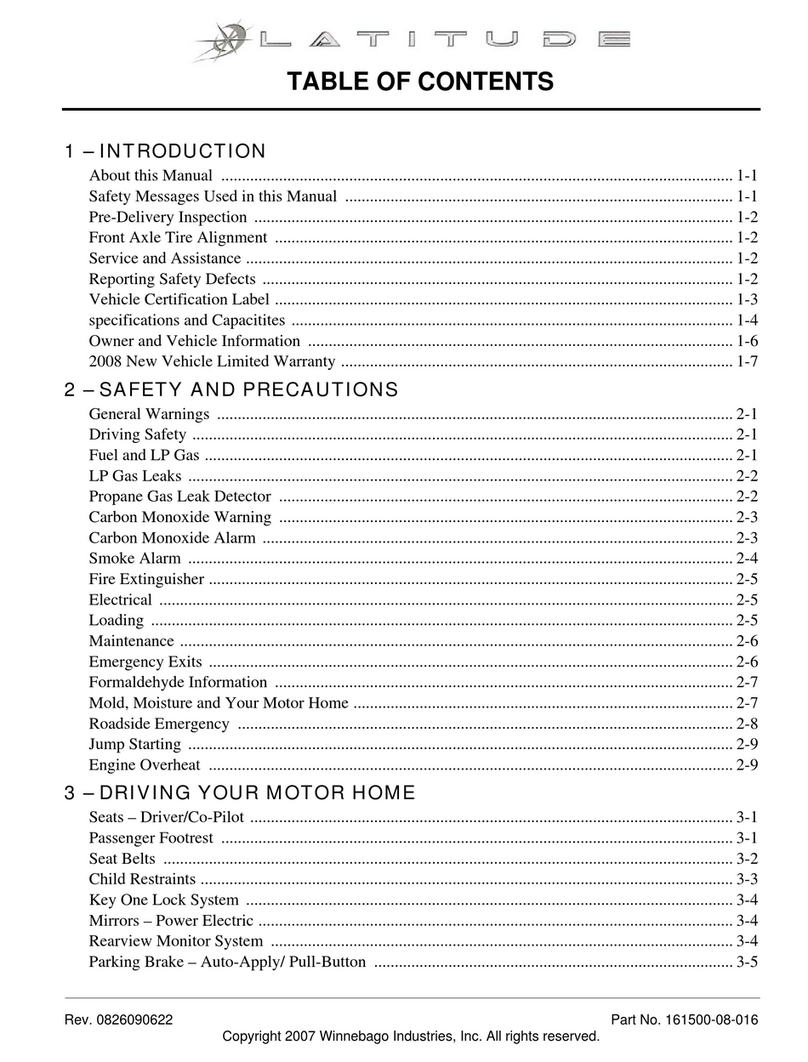
City Electric Power Source
- The shore line hookup is located in the panel at the exterior rear on the RV driver side. The large black
cable/plug must be unattached from the internal receptacle and plugged into the park’s electric access box. The
RV uses 30 amp hookups.
- The generator should be off before plugging in cable to hook up to city/park electric power source or
reattaching the cable to the outlet inside the RV bin. Cable must be plugged in to the RV outlet to complete the
circuit for generator power to the RV.
- An adapter for use in powering to a conventional 110v outlet is in the rear access panel. I do not recommend
using this for long term or heavy use. It is primarioly for lighting, refrigerator, and charging the house batteries.
- Circuit Panel is located below the refirigerator. Extra fuses are onboard in the toolbox. There is also a master
circuit switch located directly on the generator under the acess panel, to the right side of the start button.
.
Generator Power
How to start
1) Start button –located by the stovetop
2) In the event of a dead generator battery, there is a battery hot swap button (emergency start) which
allows you to start the generator from the vehicle battery. It is located to the left of the steering wheel.
Start the vehicle, push the button upwards, and then re-try the generator start button. You can then turn
off the vehicle.
Note: AC should be off when starting, to minimize power draw on warm-up.
The generator has a master breaker located directly on it, underneath the access panel, which can be
checked if you experience electrical difficulty, such as the power is on but the AC will not function.
The generator battery is located under the side entry door step.
Fuel tank level - at ¼ tank, fuel supply for generator ends, as a safety feature to prevent you from depleting the
RV fuel tank and then not being able to drive to a gas station.






























